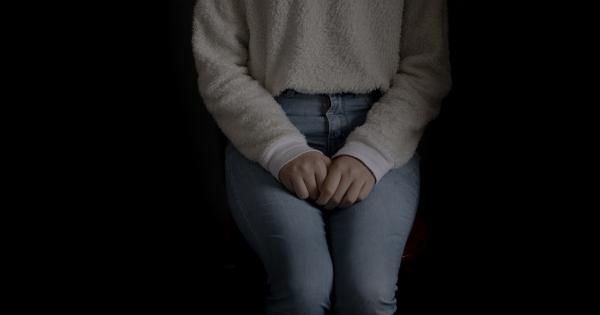When we bring a new puppy into our lives, it’s often a time of excitement and joy. We imagine all the fun times we’ll have with our new furry friend.
However, many puppies come from difficult backgrounds which can cause them to be fearful and anxious. In this article, we’ll explore how to help a fearful puppy overcome their fears and become a confident, happy dog.
Understanding a Fearful Puppy
It’s important to recognize the signs of a fearful puppy. These can include shaking, cowering, hiding, and excessive drooling.
The fear may be caused by a traumatic event such as abuse, neglect, or even something as simple as being separated from their mother too early.
It’s important to approach a fearful puppy with patience and understanding. These puppies need to feel safe and secure in their new environment. They may take longer to adapt to new people, places, and objects.
It’s important to make their transition as smooth as possible.
Creating a Safe Space
One of the best ways to help a fearful puppy is to create a safe space for them. This can be a crate, a dog bed, or a particular room in your home. Make sure the space is quiet, comfortable, and free from distractions.
This will help your puppy feel more secure and less overwhelmed.
It’s important to gradually introduce your puppy to new spaces in your home. Start with the room they are most comfortable in and slowly introduce them to new areas.
Let them explore at their own pace and don’t force them into anything they are uncomfortable with.
Positive Reinforcement
Positive reinforcement is a powerful tool when it comes to helping a fearful puppy. Use treats and praise to encourage your puppy to do things they are scared of.
For example, if your puppy is afraid of the vacuum cleaner, start by showing them the vacuum cleaner from a distance. As they become more comfortable, gradually move the vacuum cleaner closer to them. When they approach it without fear, give them a treat and lots of praise.
It’s important to remember that punishment will only make a fearful puppy more anxious. Never yell or physically discipline a fearful puppy. This will only make the situation worse and damage their trust in you.
Socialization
Socialization is an important aspect of helping a fearful puppy. Socialization helps puppies learn how to navigate new environments, people, and other dogs. It’s important to start socialization early, but it’s never too late to start.
Start by introducing your puppy to new people in a controlled environment. Let them sniff and interact on their terms. Gradually introduce them to other dogs, but make sure the dogs are friendly and well-behaved.
Training
Training is another important aspect of helping a fearful puppy. Training helps establish trust and builds a strong bond between you and your puppy. It’s important to start with the basics such as sit, stay, and come.
Training can also help your puppy feel more confident as they learn new skills and commands.
Never use physical punishment as a means of training. This will only make a fearful puppy more anxious and fearful. Instead, use positive reinforcement to reward good behavior. This can be in the form of treats, praise, and affection.
Patience and Persistence
Helping a fearful puppy is a process that takes time, patience, and persistence. It’s important to remember that every puppy is different and will progress at their own pace.
Don’t rush the process and don’t get discouraged if you don’t see progress right away.
Be consistent in your approach and continue to use positive reinforcement. Over time, your puppy will become more confident and less anxious.
With patience and persistence, you can help your puppy overcome their fears and become a happy, well-adjusted dog.
Medical Intervention
If your puppy’s fear is severe, it may be necessary to seek medical intervention. Your veterinarian may recommend medication or therapy to help your puppy overcome their fears.
It’s important to work closely with your veterinarian to develop a treatment plan that is right for your puppy.
Conclusion
Helping a fearful puppy overcome their fears is an important part of being a responsible pet owner. With patience, persistence, and the right approach, you can help your puppy become a confident, happy dog.
Remember to use positive reinforcement, create a safe space, and seek medical intervention if necessary.


























